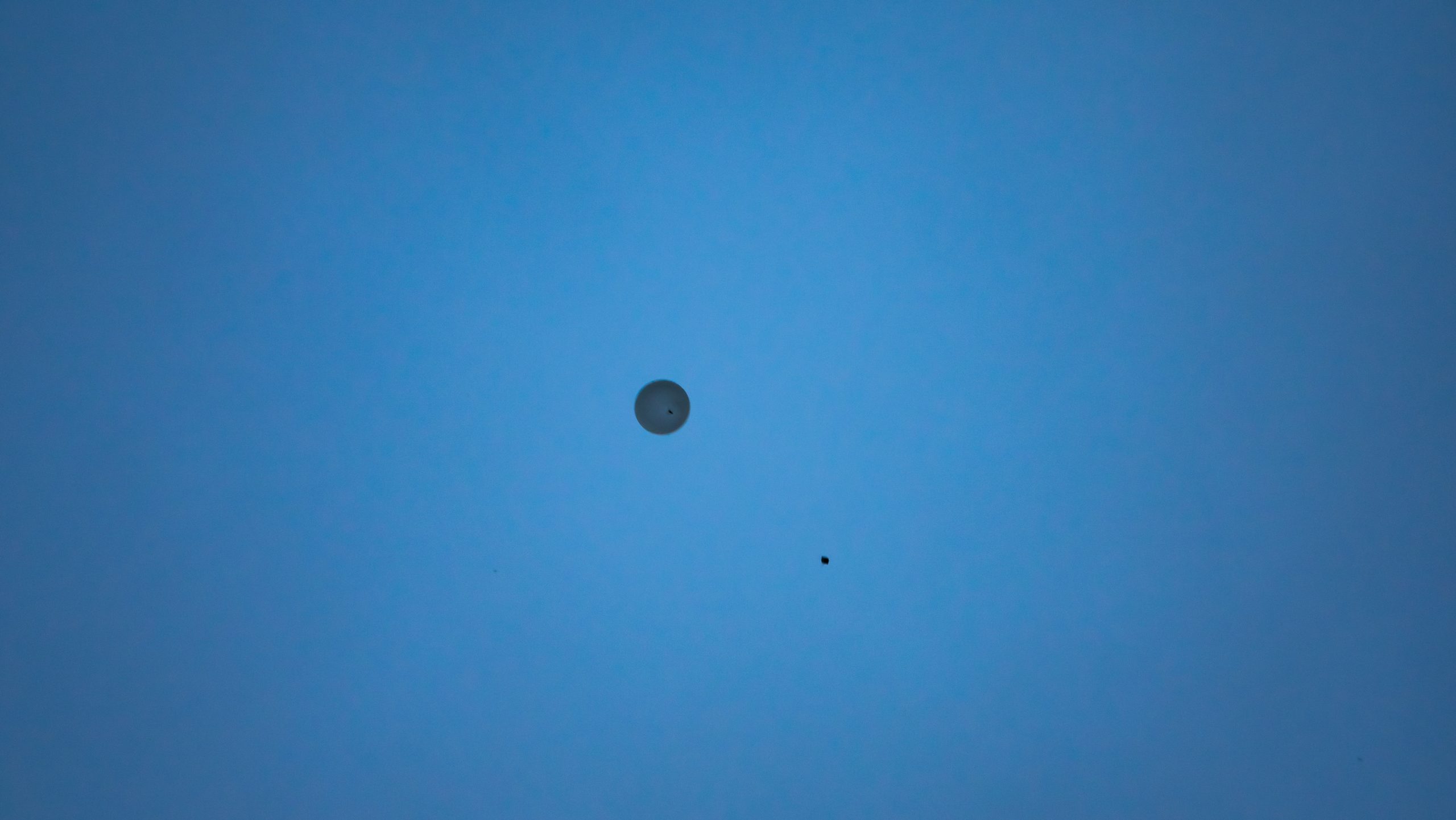NORAD Commander Admits Missing Previous Chinese Spy Balloons

Republicans have spent the past several days criticizing the Biden administration’s delay in bringing down a Chinese balloon believed to have been launched as part of a spy mission.
The unmanned airship made its way across the United States and was ultimately shot down by a rocket over the Atlantic Ocean after it left the nation’s East Coast.
Although news about the balloon began to spread after it was spotted in the sky above Montana, several prominent GOP lawmakers asserted that the government should have known about it before it ever entered U.S. airspace.
“We should have shot this balloon down over the Aleutian Islands,” said U.S. Sen. Tom Cotton (R-AR), who serves on the Armed Services Committee. “We should never have allowed it to transit the entire continental United States.”
According to the head of North American Aerospace Defense Command and Northern Command, however, this was not the first time that the government has missed warning signs about Chinese spy balloons.
Gen. Glen Van Herck noted during a recent press briefing that the organization, which includes officials from the U.S. and Canada, failed to identify previous threats in both the Biden and Trump administrations.
“So those balloons, so every day as a NORAD commander it’s my responsibility to detect threats to North America,” he said. “I will tell you that we did not detect those threats. And that’s a domain awareness gap that we have to figure out. But I don’t want to go in further detail.”
Without offering specifics, he said that intelligence officials only learned about the balloons “after the fact,” noting that “additional means … made us aware of those balloons that were previously approaching North America or transited North America.”
As for the controversial decision to allow the balloon to leave the nation’s coast before bringing it down, VanHerck cited safety risks associated with its size.
“So, glass off of solar panels, potentially hazardous material, such as material that is required for batteries to operate in such an environment as this and even the potential for explosives to detonate and destroy the balloon that could have been present,” he said. “So I think that would give you an idea of the perspective of the balloon and the decision-making process along the way.”
























